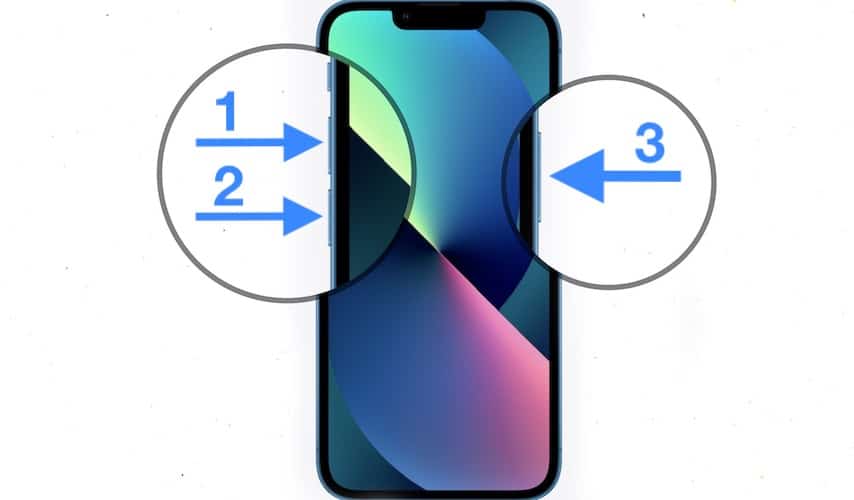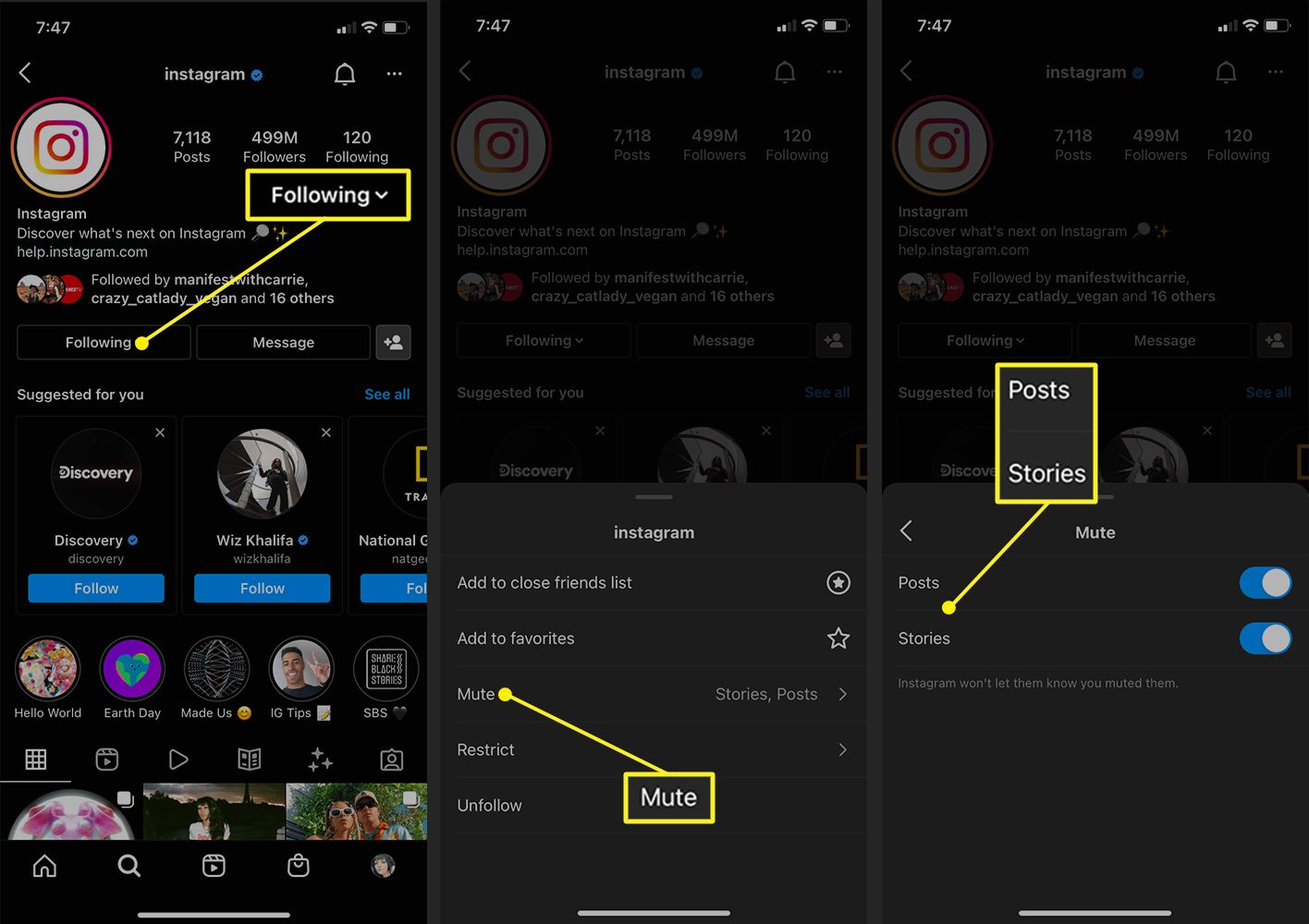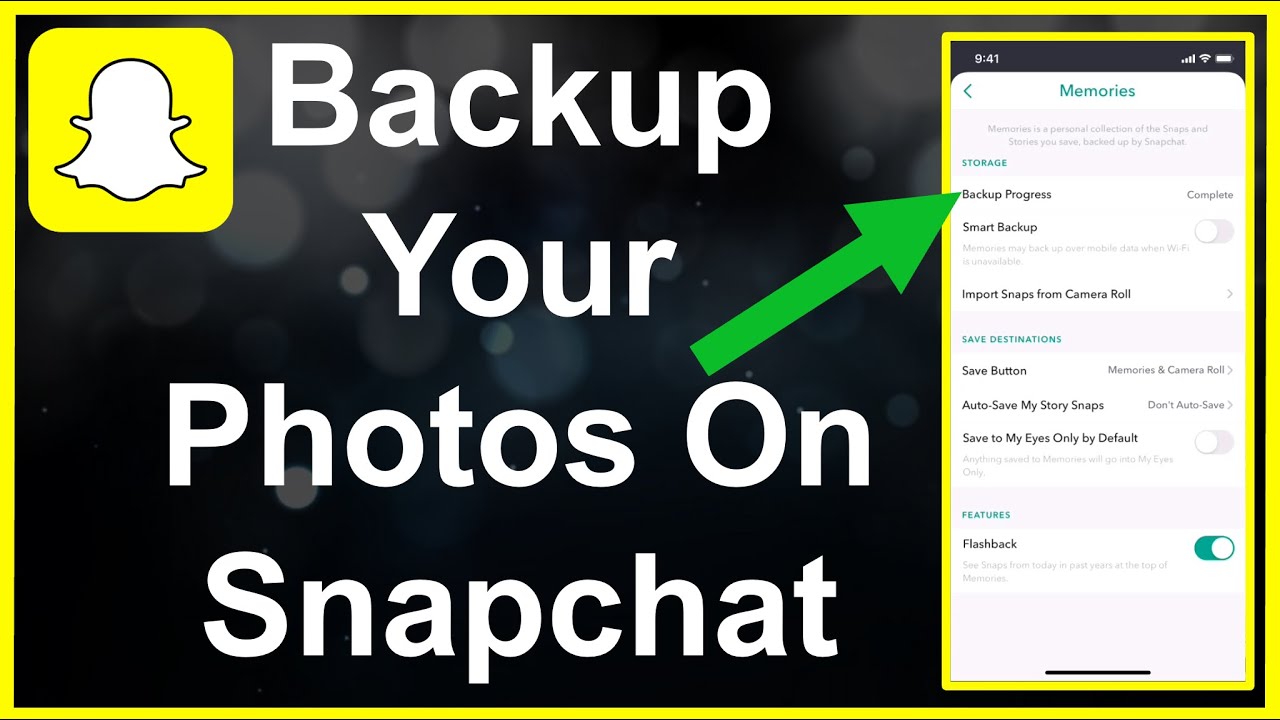Even the most sophisticated devices can encounter occasional glitches or malfunctions. When your iPhone 13 starts behaving erratically, freezing unexpectedly, or displaying unresponsive apps, knowing how to hard reset iPhone 13, also known as a forced restart, can often resolve the issue.
This guide will equip you with the knowledge and skills to perform a hard reset on your iPhone 13, restoring its smooth operation and regaining control of your digital life.
Table of contents
- Understanding the Hard Reset Procedure
- How Do I Perform a Hard Reset on iPhone 13?
- How Do I Address Common iPhone 13 Troubleshooting Scenarios?
- What Are The Causes Of Software Issues On An iPhone 13?
- How Can I Prevent Software Issues On My iPhone 13 From Recurring?
- What Are The Alternatives To A Hard Reset On An iPhone 13?
- What Is The Difference Between A Hardware-Related Issue And A Software-Related Issue On My iPhone 13?
- What Should I Do If My iPhone 13 Still Experiences Software Issues After A Hard Reset?
- What Are The Preventive Measures To Maintain The Overall Health Of My iPhone 13?
- FAQs
- Conclusion
- References
- Recommendations
Understanding the Hard Reset Procedure
A hard reset, unlike a factory reset, does not erase any data from your iPhone. Instead, it simply forces the device to restart, clearing temporary glitches and resetting its software. This process is often effective in resolving minor software issues that may be causing performance problems.
Read also: Tech Troubleshooting: Simple Steps on How to Restart Your Chromebook
How Do I Perform a Hard Reset on iPhone 13?
1. Identifying the Hard Reset Buttons:
The hard reset procedure on iPhone 13 involves pressing two specific buttons simultaneously. Locate the Side button (power button) and either the Volume Up button or the Volume Down button on the left side of your device.
2. Initiating the Hard Reset:
Press and hold both the Side button and either the Volume Up or Volume Down button simultaneously for approximately 8-10 seconds. The Apple logo will appear on the screen, indicating that the hard reset process has begun.
3. Waiting for Completion:
Once the Apple logo appears, release both buttons and allow the iPhone to complete the restart process. This may take a few minutes, so be patient.
How Do I Address Common iPhone 13 Troubleshooting Scenarios?
1. Unresponsive iPhone 13:
If your iPhone 13 is completely unresponsive and doesn’t turn on, try connecting it to a power source and allowing it to charge for a while. If the issue persists, perform a hard reset.
2. Frozen or Glitchy iPhone 13:
If your iPhone 13 is frozen or displaying unresponsive apps, a hard reset can often resolve the issue. It will force the device to restart and clear any temporary glitches or software conflicts.
3. Repeated Hard Reset Attempts:
If the hard reset fails to resolve the issue after multiple attempts, it may indicate a more serious hardware or software problem. In such cases, contact Apple support for further assistance.
What Are The Causes Of Software Issues On An iPhone 13?
Various factors can contribute to software issues on an iPhone 13 that might warrant a hard reset:
- Corrupted or outdated software files
- Conflicts between installed apps
- Excessive data or memory usage
- Exposure to malware or viruses
- Physical damage to the device
How Can I Prevent Software Issues On My iPhone 13 From Recurring?
Proactive measures can help minimize the likelihood of software issues recurring on your iPhone 13:
- Regularly update your iPhone to the latest iOS version to receive bug fixes and security patches.
- Download apps only from the official App Store to minimize the risk of installing malicious software.
- Avoid jailbreaking your iPhone, as this can compromise the device’s security and increase the risk of software conflicts.
- Periodically clear cache and temporary data from your iPhone to free up storage space and prevent performance issues.
- Utilize iCloud or other backup services to regularly back up your data in case of unexpected software malfunctions.
You can also see How to Turn Off Samsung S22: Smartphone Handling
What Are The Alternatives To A Hard Reset On An iPhone 13?
In some cases, a hard reset may not be necessary. Consider these alternative troubleshooting methods:
- Force quitting unresponsive apps: Swipe up from the bottom of the screen and pause in the middle, then swipe left or right to locate the app you want to force quit. Swipe up on the app preview to close it.
- Restarting the iPhone conventionally: Hold the Side button until the power off slider appears, then drag the slider to the right. Once the device is turned off, press and hold the Side button again to restart it.
- Updating apps: Open the App Store and tap on your profile icon. Scroll down to see pending app updates. Tap on “Update All” or update individual apps as needed.
Hardware-related issues typically manifest as physical malfunctions, such as a cracked screen, unresponsive buttons, or charging port problems. Software-related issues, on the other hand, involve glitches, freezing, unexpected app behavior, or performance slowdowns.
See also: How to Get Verified on Snapchat
What Should I Do If My iPhone 13 Still Experiences Software Issues After A Hard Reset?
If a hard reset fails to resolve persistent software issues, consider these steps:
- Reset all settings: Go to Settings > General > Reset > Reset All Settings. This will erase all personalized settings but will not delete any personal data.
- Restore your iPhone from a backup: If you have a recent backup, you can restore your iPhone to its previous state, potentially eliminating the software issue.
- Contact Apple support for further assistance: If the issue persists after trying these steps, seek professional help from Apple support. They can diagnose the problem accurately and provide appropriate solutions.
What Are The Preventive Measures To Maintain The Overall Health Of My iPhone 13?
Adopting good usage habits can contribute to the long-term health and performance of your iPhone 13:
- Avoid exposing the device to extreme temperatures, moisture, or direct sunlight.
- Use a protective case to shield the screen and body from accidental damage.
- Regularly clean the charging port to prevent lint buildup and ensure proper charging.
- Manage app installations and avoid overloading the device with unnecessary apps.
- Keep your iPhone’s software up to date to receive security patches and performance enhancements.
Read also: How to Format SD Card: Technical Savvy for Efficient Data Management
FAQs
No, a hard reset does not erase any data from your iPhone. It simply forces the device to restart and clear temporary glitches, while preserving all your personal information and files.
There is no need to perform a hard reset regularly. However, if you encounter performance issues, freezing, or unresponsive apps, a hard reset can often resolve the problem.
If your iPhone 13 fails to respond to the hard reset procedure, try connecting it to a computer and running iTunes. If the issue persists, contact Apple support for further assistance.
Hard resetting your iPhone is generally safe and does not pose any significant risks. However, it is always a good practice to back up your data regularly in case of unforeseen circumstances.
Regularly updating your iPhone to the latest iOS version can help prevent software issues and ensure optimal performance. Additionally, avoid installing apps from untrusted sources and keep your device free of malware.
Conclusion
Understanding the hard reset procedure and its applications empowers you to effectively troubleshoot minor software issues on your iPhone 13, restoring its smooth operation and regaining control of your digital life. Follow the outlined steps and address common queries to confidently handle unexpected glitches and maintain your iPhone’s performance. Remember, if the issue persists beyond a hard reset, don’t hesitate to seek assistance from Apple support.
References
- discussions.apple.com – how to hard reset iPhone 13
- macrumors.com – How to Hard Reset or Force Restart All iPhone 13 Models
Recommendations
- How to Invert Colors on iPhone: Tech Wizardry for Enhanced Visual Accessibility
- How to Speed Up a Video on iPhone: Artistic Flair in Mobile Video Editing
- How to Turn Off Flashlight on iPhone 12: Smartphone Function Mastery
- How To Make Collage On iPhone: Digital Photo Arrangement Creativity
- How to Rotate Screen on iPhone: Digital Display Adjustment
- How to Delete Duplicate Photos on iPhone: Digital Organization Efficiency






